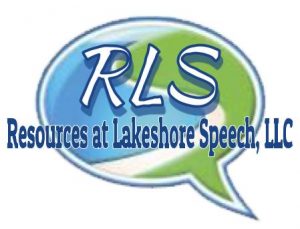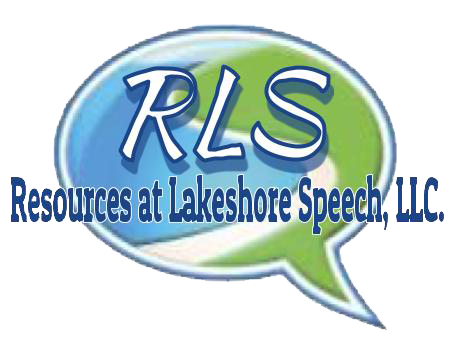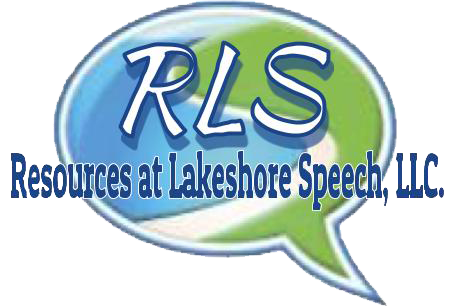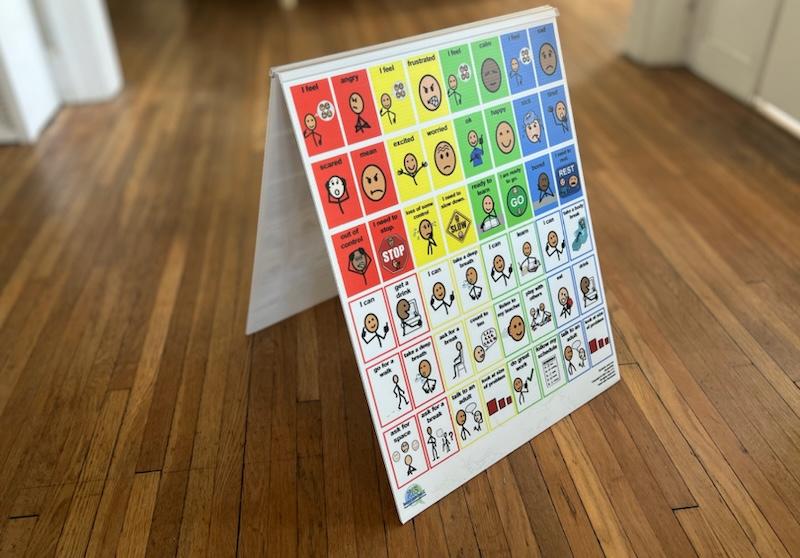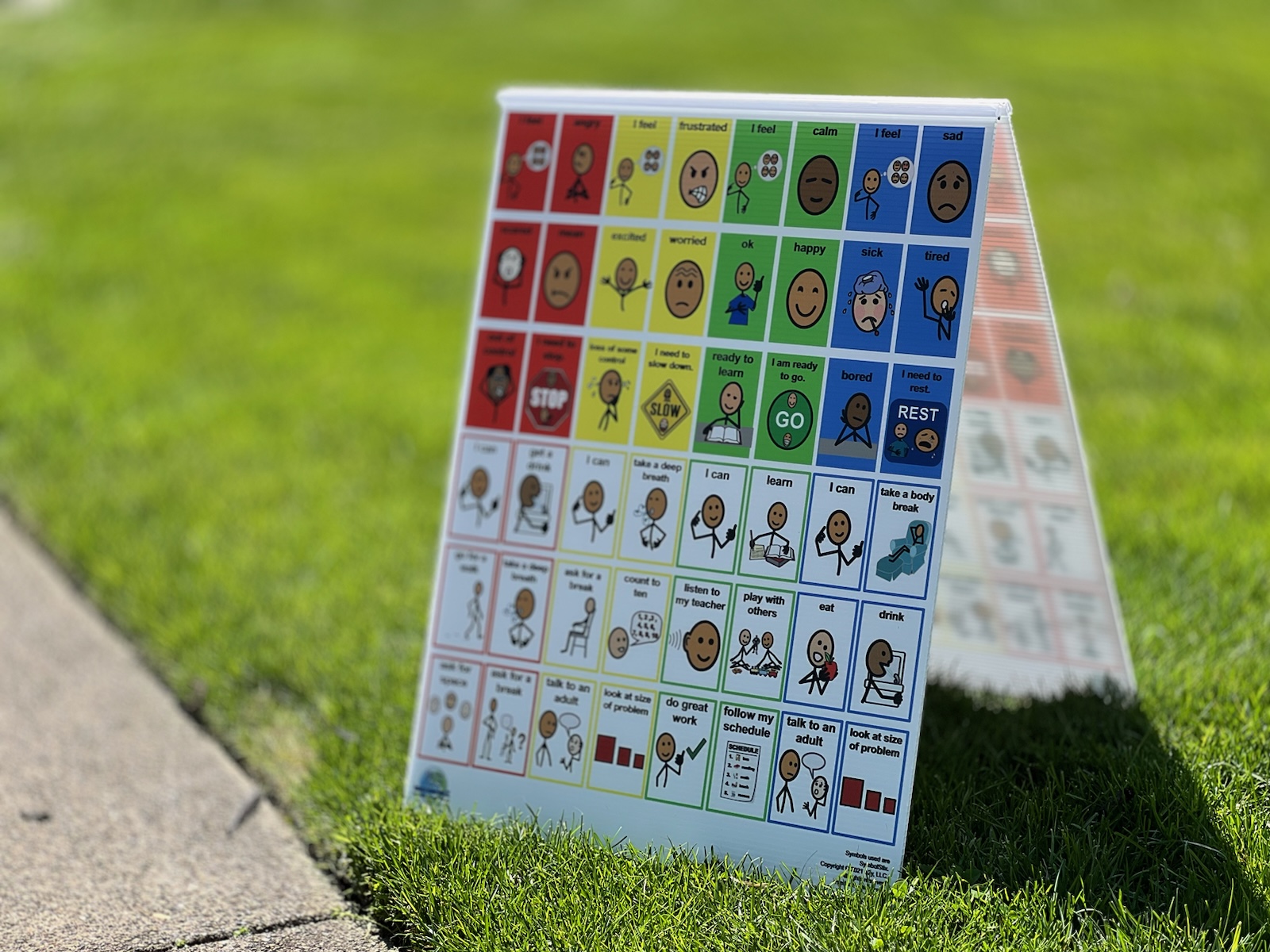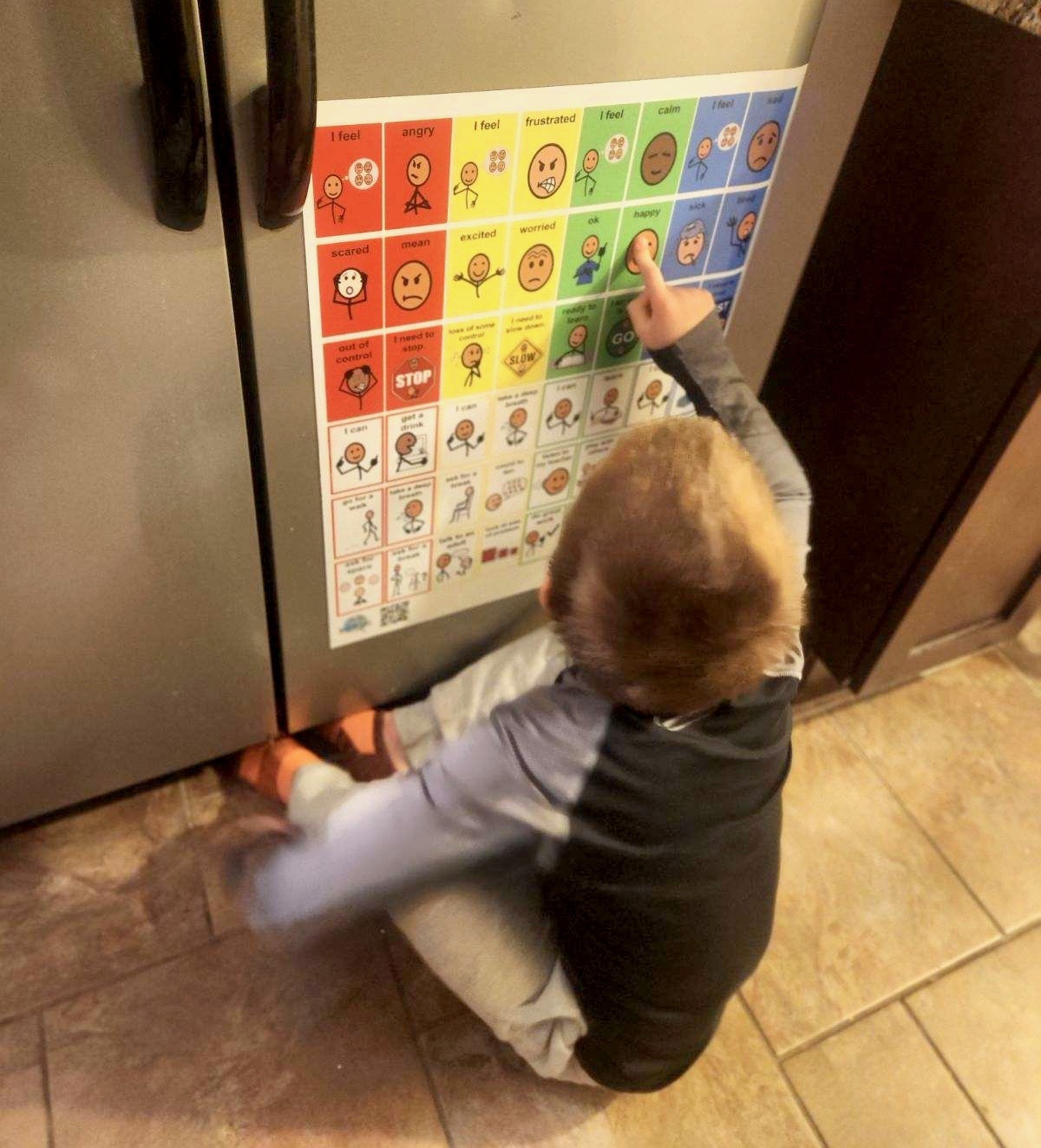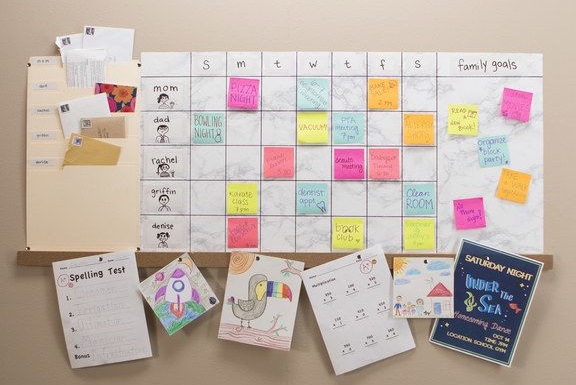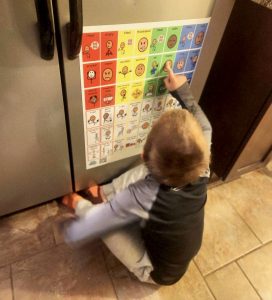Struggling with meltdowns? Emotional regulation boards help kids & adults express feelings, prevent overload, and boost communication when words are hard.
Continue readingEmotional Balance Boards:How to incorporate at Home, School & Community
Discover how emotional regulation boards help individuals express emotions, build social-emotional skills, and develop coping strategies at school, home, and beyond.
Continue readingEmotional Balance Boards: How to Navigate for Parent Concerns
Explore three common concerns related to the use of emotional balance communication boards: frustration with limited understanding from individuals working with the child, the desire for easier, more intuitive boards, and the worry that your child won’t use the board effectively.
Continue readingHow to Survive After School Routines: A Guide for Parents
The after-school hours are a crucial time for reinforcing what your child has learned in school, but they’re also an opportunity for growth in other areas. We’ll share some practical tips to help you and your child navigate these busy hours.
Continue reading